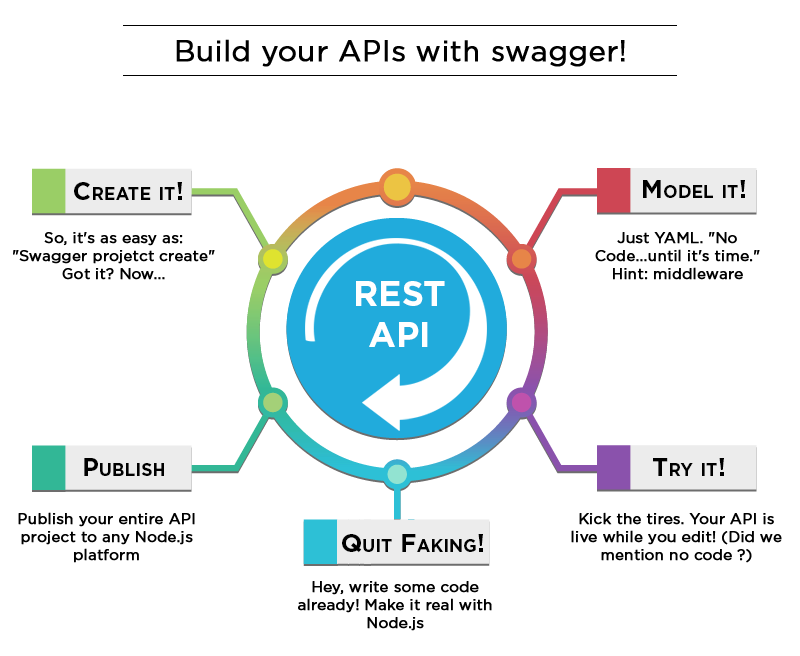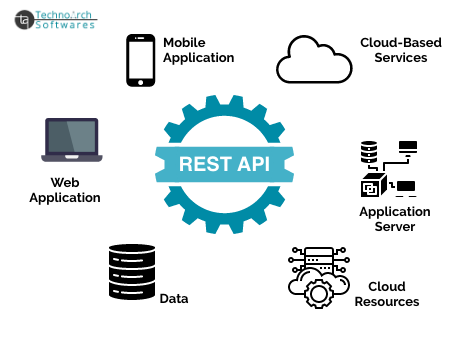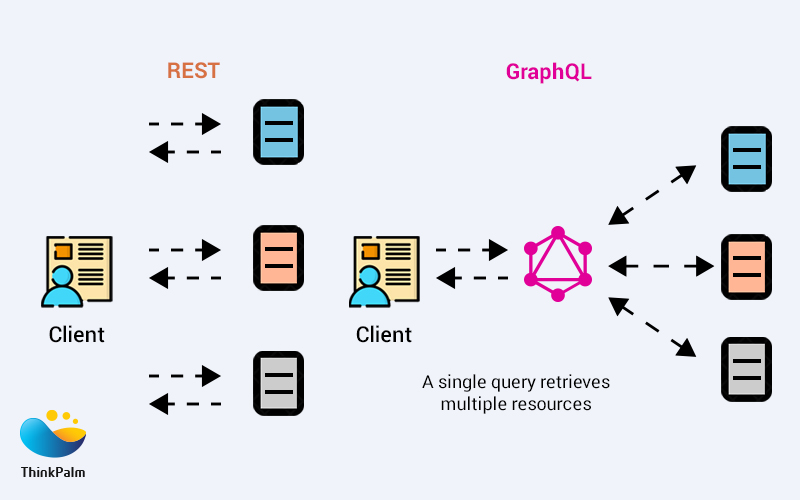
REST APIs
Unleashing the Potential of REST APIs;
In today’s world where information seamlessly flows across the internet REST APIs (Representational State Transfer Application Programming Interfaces) have emerged as the foundation of web development. These APIs facilitate the exchange of data and functionality, between software systems empowering businesses to create interactive web applications streamline processes, and connect with a global audience. We will delve into the realm of REST APIs exploring their definition, functioning, and significance in your web development ventures.
What exactly is a REST API?
REST, short for Representational State Transfer refers to a style that guides the design of applications. Essentially REST comprises a set of principles that govern how web services should operate—making them scalable, stateless, and easily maintainable. A REST API is an implementation of these principles; it acts as a link, between a client ( a web application or mobile app) and a server (which houses the data and functionality required by the client).
REST, short for Representational State Transfer refers to a style that guides the design of applications. Essentially REST comprises a set of principles that govern how web services should operate—making them scalable, stateless, and easily maintainable. A REST API is an implementation of these principles; it acts as a link, between a client ( a web application or mobile app) and a server (which houses the data and functionality required by the client).
REST APIs enable clients to perform operations on resources that are typically represented as URLs.
These operations consist of retrieving data (GET) creating resources (POST) updating existing resources (PUT/PATCH) and removing resources (DELETE). The information exchanged between the client and server typically takes the form of formats, like JSON or XML which facilitates parsing and manipulation.
Resources are the fundamental entities that a REST API exposes. They can be something from user profiles and product listings to climate forecasts and social media posts. Each resource is identified by using a unique URL, referred to as a Uniform Resource Identifier (URI).
HTTP Methods: HTTP techniques, also referred to as HTTP verbs, define movements that can be carried out on assets. The 4 number one HTTP strategies used in RESTful APIs are:
GET: Retrieve statistics from a resource.
POST: Create a brand new useful resource.
PUT: Update a current resource or create it if it does not exist.
DELETE: Remove a useful resource.
Completely unleash frictionless data via end-to-end services. Continually unleash virtual e-tailors through magnetic core competencies. Interactively engage distributed alignments via focused alignments.


